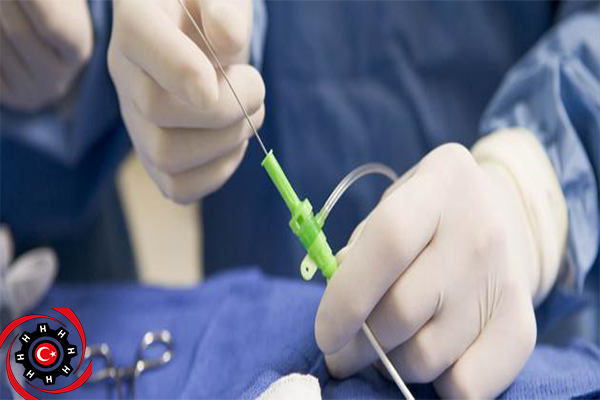Cardiac catheterization
The catheter aims to treat vascular diseases, especially the coronary arteries that feed and supply the heart muscle with blood so that it can function properly.
Heart catheterization is necessary for a person when a blockage occurs in one of the blood vessels resulting from atherosclerosis, which occurs as a result of the accumulation of fat in the wall of the blood vessels, and thus causes blockage in the arteries of the body. The aim of the heart catheterization process is to reduce the pain resulting from the occurrence of angina pectoris in the event The occurrence of a large obstruction that affects and causes damage to the heart muscle. Sometimes a catheterization operation is performed in the heart in the event of a congenital heart defect in order to repair this defect.
Preparation for cardiac catheterization Before starting the catheterization procedure, the patient performs several tests such as coagulation functions, blood chemistry, liver and kidney functions, echocardiography, To detect a heart problem, the operation is performed under local anesthesia, and the patient must refrain from eating about eight hours before the operation.
The course of cardiac catheterization is first to determine the place of entry into the blood vessels
It is usually conducted from the cubital artery. Or the femoral artery, and then the incision area is sterilized by inserting a thin and long tube (catheter) into one of the blood vessels. The tube is passed until it reaches the coronary arteries of the heart, through a small camera, and a dye is injected into the vessels to distinguish the correct path of the tube and appears on Screen places where blood is flowing incorrectly.
Treatment options during catheterization include:
Expansion of blood vessels through a small balloon that is inflated in the blood vessels.
Or by inserting a stent, which is a small metal spiral that helps keep blood vessels open, and at the end of the catheterization of the heart, the catheter tube is removed, then the incision is sutured and a bandage is placed on it.
Risks of cardiac catheterization:
- Infection in the surgical incision.
- bleeding.
- Anesthesia risks.
- Allergy to the dye.


Leave a Reply